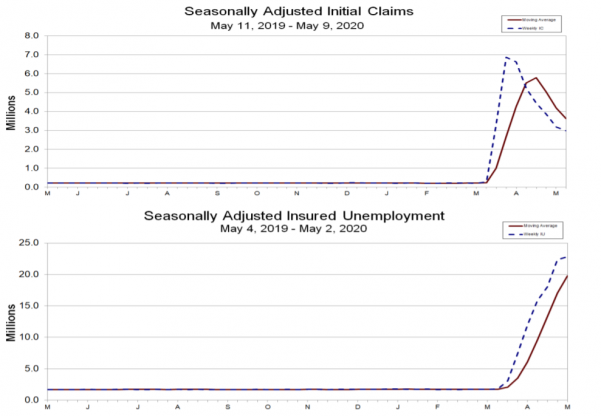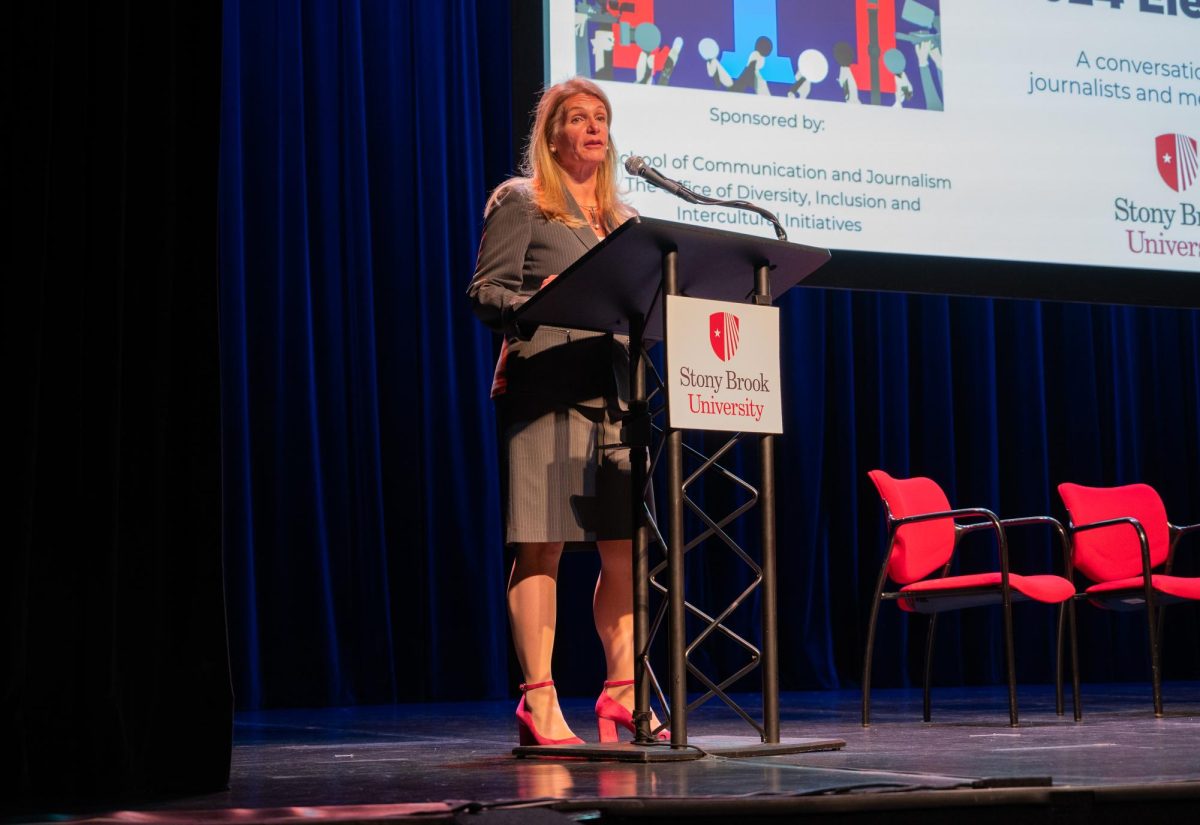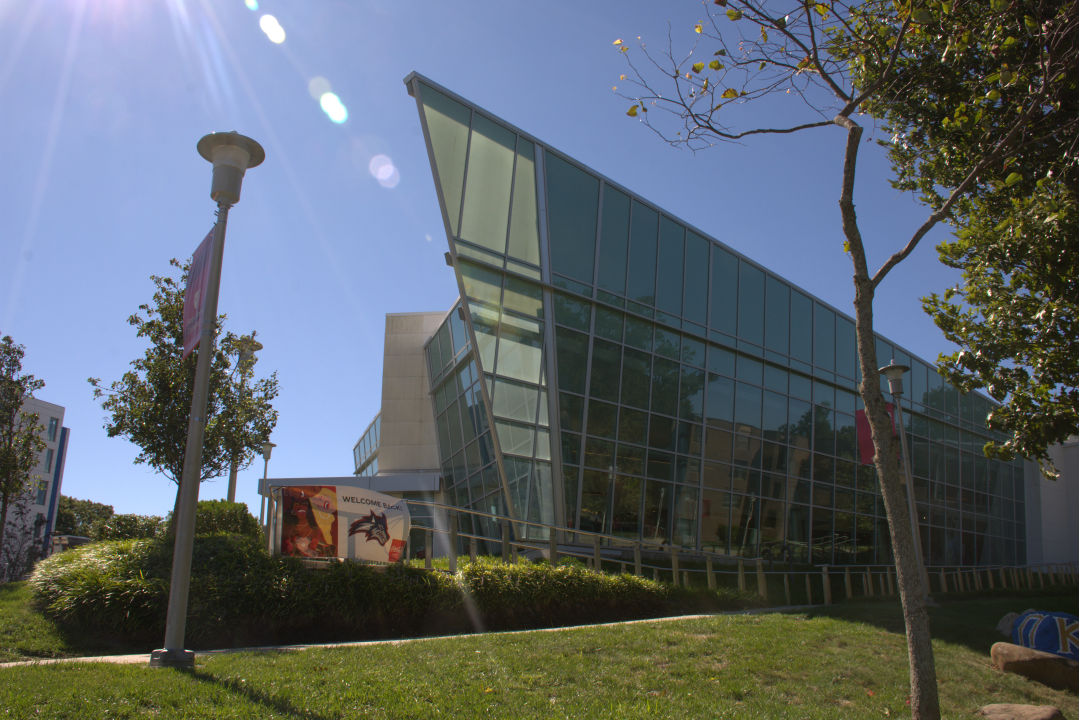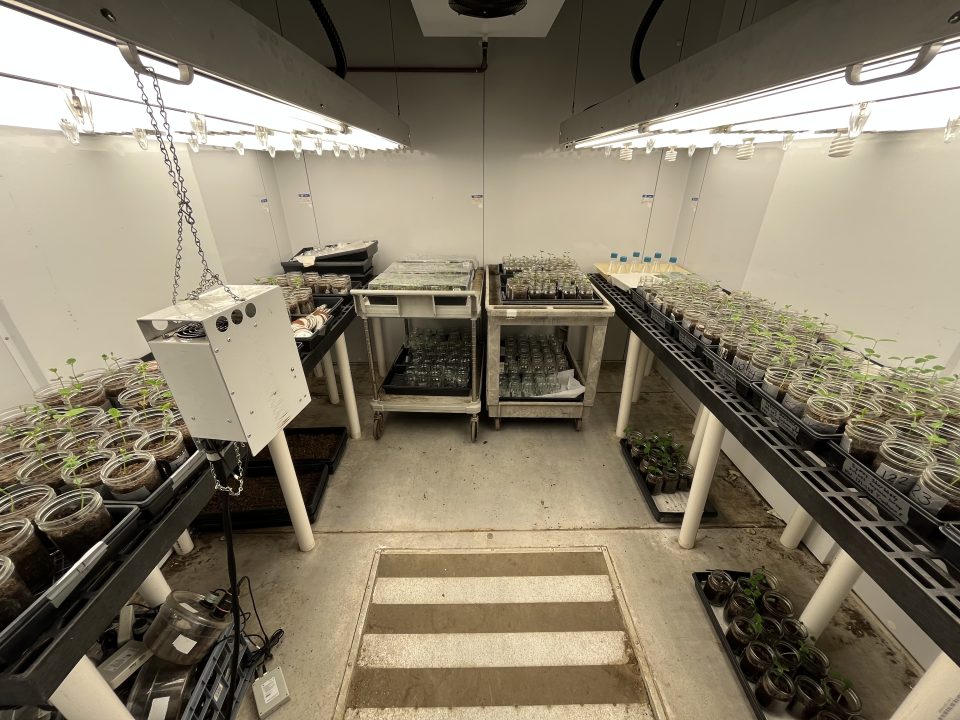
Stony Brook University economics professor David Wiczer helped conduct a 2-part research study that detailed how the US labor market has been impacted as a result of the coronavirus (COVID-19) pandemic. The study noted that the damage done to the market is unlikely to fix with the release of stay-at-home orders.
Nearly 23 million Americans have received unemployment insurance by the end of the week of May 2, according to latest statistics released by the U.S. Department of Labor. The unemployment rate is at the highest since the Great Depression.
“All states, no matter when they had the official shut down, had this unofficial economic shut down all at the same time,” Assistant Professor, Wiczer, explained.
He added that, regardless of industry, labor demand dropped. “Although certain sectors were more acutely affected, labor demand faces a very broad based decline,” he said.
According to the second study, which examines labor demand, declined rates in job vacancies are two-thirds of what was seen during the Great Recession. The U.S. Department of Labor released a press release on April 30 announcing that the U.S. is seeing some of the highest insured unemployment rates (IUR) and number of initial claims in its history.
Seasonally adjusted IUR was at 15.7 percent by May 14, a more than a 1300% increase from the previous year.
“Going forward, the most crucial question is whether we recover quickly or not,” Fabian Lange, Economics Professor at McGill University and fellow researcher on the study, said. “If all that happens is we shut down the economy for a few months, we’ll have a few months of productivity loss but the economy can recover. If it doesn’t, however, it can be a much more significant event.”
The results of the first study found that 60% of the US workforce was part of the “essential” industry. One-fifth of essential workers are or have someone they live with who are at severe risk if they contract COVID-19, and a quarter have young children at home that need to be taken care of due to school closures.
The second study, published a month later, revealed that even essential industries saw an increase in unemployment claims. Although remote capabilities offer security for some who remain employed, all areas of employment, regardless of work-from-home compatibility, saw a shrinking of vacancy postings.
“Even when these stay-at-home measures are being lifted, unless the economy recovers, I don’t think whether you’re able to work from home or not is going to protect you,” Lange explained.
Recessions have been known to take a heavy toll on graduates. In a 2006 study released by the National Bureau of Economic Research (NBER), graduating in a recession causes losses in initial earnings that could take up to 10 years to fade.
“Recessions are times when a lot changes, and a lot of it is permanent,” Wiczer said. “The ability to pivot into whichever kind of world we end up with is really useful…knowing how to slot into a job that existed in 2019 is maybe less valuable than learning how to acclimate to the world in 2021.”
















